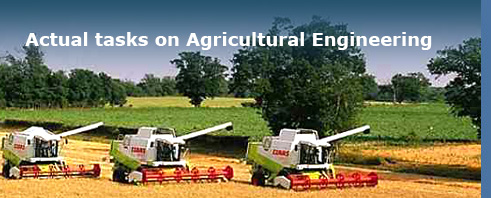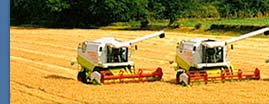Propositions of
writing
Papers should be written in MS Word, font Times New
Roman 10, paper format A4.
Margins - left and right 40mm, top and bottom 53mm.
Paper - maximum 10 pages, single spacing.
Title - maximum 80 characters (with spaces).
Author's name - one line below Title.
Author's address - one line below Author's name.
Abstract - each paper should have an abstract,
positioned one line below Author's address.
Key words – 3 to 5, one line below Abstract.
TITLE OF PAPER
(The title should be short,
specific, and informative; avoid abbreviations and formulae where possible) Wayne ROONEY1*, Ryan
J. GIGGS1, David De GEA2 *E-mail of corresponding author: wrooney@manun.uk
1 Department, Institution, Address, Country
2 Different Department, Institution, Address,
Country
*Clearly indicate who will handle correspondence at
all stages of refereeing and publication.
For original scientific papers the text should be
divided in sections:
Abstract
Authors should indicate the research topic and the principal results and
major conclusions.
References to other papers are not allowed.
Not longer than 1.500 characters.
Introduction
Short overview which explained the reasons for the
research of the paper. In the all paper citations, the literature (authors) as
follows: (Kroos, 2017) – one
author; (Kroos and Modrić, 2017)
– two authors and (Kroos et al., 2017)
three or more authors.
Frequent self-citations are not a desirable form of writing.
Materials and methods
It is necessary to provide information on the material
(e.g. origin, technical and physical properties).
All used agricultural techniques as well as devices
and instruments should state the name of the producer, the model, the year and
the country of origin.
All conducted research should include methods on which
the results are obtained.
All units should be written e.g.: m s-1, km
h-1, MJ kg-1
Results and discussion
Titles of tables and figures should be written as
plain text above tables and below figures.
Tables and figures should be placed to the relevant text in the article.
Figures, photos, charts and tables should be
incorporated in the text, but figures, photos, charts and tables should be also
send as separate files in original programs that they are made (Excel,
CorelDraw, Adobe Photoshop, etc.).
The discussion should not be
merely repetition of the obtained results. Authors should compare their own
data with data obtained in relevant scientific literature.
Conclusions
The most important thesis already stated in the previous sections.
Acknowledgements (if any)
References
Papers should contain minimum 10 references published
in the last 10 years (minimum 3 references from the last 3 years).
Literature should be listed in alphabetical order as
plain text:
Journal article
Johansson, K., Kennedy, B.W., Quintom, M. (1993).
Prediction of breeding values and dominance effects from mixed models with
approximations of the dominance relationship matrix. Livest Prod Sci 34,
213-223.
Congress article
Uimari, P., Kennedy B.W. (1990). Mixed model
methodology to estimate additive and dominance genetic values under complete
dominance. In: Hill W.G., Thompson R., Wooliams J.A. (eds) Proc 4th World Congr
Genet Appl Livestock Prod, vol 13, Edinburgh, Scotland, 297-300.
Book and chapter from book
Kempthorne, O. (1957). An introduction to genetic
statistics. John Wiley and Sons, New York.
Kennedy, B.W. (1990). Use of mixed model methodology
in analysis of designed experiments. In: Advances in Statistical Methods for
Genetic Improvement of Livestock (Gianola, D., Hammond, K., eds),
Springer-Verlag, Berlin, 77-97.
PhD and MSc theses
Rooney, W. (2005). The name of the theses. Doctoral thesis. Institution, Country.
The Scientific Committee will also take into
consideration the preliminary communications, review (minimum 20 references
with 5 references from the last 3 years) and expert papers.
Authors can send their papers as attached files via
e-mail to following address: atae@agr.hr
|







